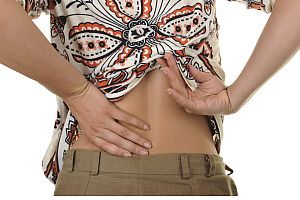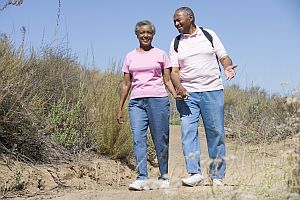Which Chiropractic Technique is Most Effective? Why the Answer is “It Depends.”
 When patients come to us for chiropractic care, it’s not unusual for them to ask us which chiropractic technique is most effective. This is especially true if they have prior experience with chiropractic care or if they have friends or family who do. The patients who ask this question are often surprised when we respond with “It depends.”
When patients come to us for chiropractic care, it’s not unusual for them to ask us which chiropractic technique is most effective. This is especially true if they have prior experience with chiropractic care or if they have friends or family who do. The patients who ask this question are often surprised when we respond with “It depends.”
The simple truth is that the human body is a complex machine, and no single approach will produce the same results for every individual or in every set of circumstances. Rather, your chiropractor must take several factors into consideration to find the best treatment options for you.
What Factors do Chiropractors Consider When Choosing a Treatment?
When you first visit a chiropractor, you will go through a “new patient” or “patient intake” process that is not dissimilar to what you may experience in other medical settings. This process allows your chiropractor to gather information about your general health and the extent of your discomfort or injury, two factors that help inform his or her treatment recommendations. During this process, you should expect to fill out a questionnaire about your health history as well as undergo a routine physical exam. Depending on the situation, your chiropractor may also use a variety of diagnostic tools, including advanced imaging technologies that can help identify structural problems in your back.
When deciding which treatment would be most effective for you, your chiropractor will also take your goals and lifestyle into consideration. You may come to see your chiropractor with a very clear goal in mind: perhaps you are experiencing back pain due to an accident and you are hoping for relief. In this case, your chiropractor might recommend some form of soft tissue mobilization and low level laser therapy (LLLT) to relieve pain, reduce inflammation and speed healing. Alternatively, you may not have a single health problem you wish to address. Perhaps you’re more interested in improving your lifestyle and general well-being. Your chiropractor can work with you to build a strategy to help you meet your goals, perhaps focusing on nutrition, exercise and stress management techniques.
Finally, the most effective chiropractic treatment depends—at least in part—on your own experience and personal preferences. A technique that works well for one patient may not be tolerated well by another. Therefore, it is important to communicate openly with your chiropractor about how each technique feels to you. If you find a certain style of adjustment to be too intense, there may be gentler, low-force techniques that can achieve the same effect while keeping you more comfortable.
Taking Advantage of Many Techniques
Another reason we can’t provide a simple answer to the question “Which chiropractic technique is most effective?” is because it is very often necessary to make use of more than one technique to reach a patient’s goals. Your chiropractor will work with you to find both manual and non-manual therapies to help relieve your immediate pain and discomfort while also improving your function. You might find that dietary changes, exercise, or orthotic supports are all helpful in helping you reach your own goals, making them irreplaceable components of a well-rounded chiropractic treatment plan.
There simply is no one chiropractic technique that is most effective. Instead, the most efficient and reliable path to an effective treatment plan is good communication with your chiropractor. By being clear about your own goals and preferences, honest about your lifestyle choices, and open to your chiropractor’s recommendations, you can help us build a treatment plan that is most likely to deliver the results you want to achieve.








